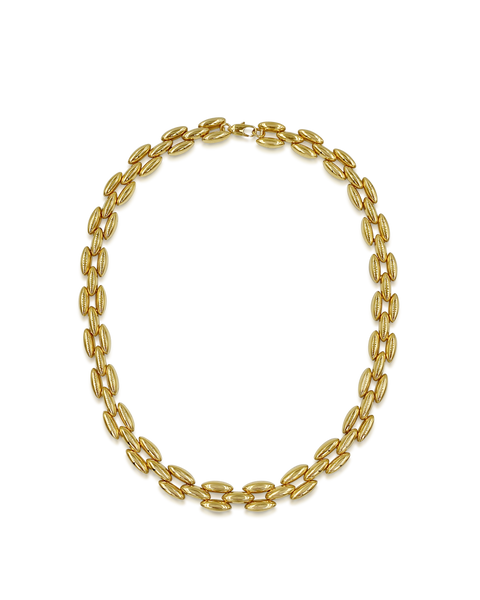I'm an Expert When It Comes to Buying Jewellery—Here Are My Rules
Do you follow Andrea Cheong on Instagram or TikTok? If you don't, you should! She has become the trusted and approachable authority in an arena that many find daunting to step into—sustainable fashion. On her platforms, Andrea breaks sustainable shopping down into bite-size pieces of information one can easily digest and use for more sensible shopping tactics in the future. With her wealth of knowledge and very good taste, it's no wonder we had to knock on her virtual door. In this month's column, she shares with us her top tips for buying jewellery. Read on to discover what she has to say…

Jewellery is one of the most sentimental things that we can receive as gifts and even buy for ourselves. There's something about a token that lies against our skin, barely parting from us whether we're jumping in the shower or out of bed. (Although, jewellers would advise against washing with particular pieces and sleeping in delicate chains.) As we are teased with better weather, more skin on show often means a focus on the accessories we wear.
So with that in mind, I'm going to share the five main things to look out for and show you how to shop for quality demi-fine jewellery, whatever your price range. Plus, shop my favourite pieces that pass my test.
1. Consider the Difference Between Gold Plated, Vermeil and Gold Filled

Demi-fine jewellery is a broad category, which means that the piece has an element of precious metals. Common brand examples of this would be Monica Vinader, Missoma, some of Pandora's collections, Aligheri and Mejuri. It's important to note here that each piece of demi-fine jewellery is not made the same, and it's wise to pay attention to the terminology.
Gold plated refers to a thin layer of gold equal to or larger than 0.25 microns on top of a base metal. These are often inexpensive, and the most common example would be copper or brass. They're quite similar to costume jewellery in the sense that they often don't hold a lot of value and are fairly inexpensive compared to gold filled, but of course, you may experience large markups on price. What you're mainly paying for with gold-plated jewellery are the design and the brand name.
Vermeil (pronounced ver-may) is gold layered on sterling silver, so it's a combo of two precious metals. Therefore, there is more value here. With anything gold, you'll have to replate it every so often, as gold naturally wears away. This can be anywhere around the 12-month mark and above, depending on whether it's a ring compared to earrings (a ring will experience more friction) and the thickness of the gold coating. I have an assortment of gold-plated and vermeil jewellery, and to the naked eye, it's impossible to tell the difference between them. However, you might notice that your gold-plated pieces will lose their lustre faster if it's got a thinner coating.
Gold filled is perhaps the most "valuable" of all three, with solid gold at the very top. This ensures a minimum thickness of the precious metal at 5% of the item's weight. The base metal can vary. You may have noticed that we're discussing gold layers but not the purity of the metals, which leads me to my next tip!
Shop my favourite piece:
2. Think About the Purity of the Gold
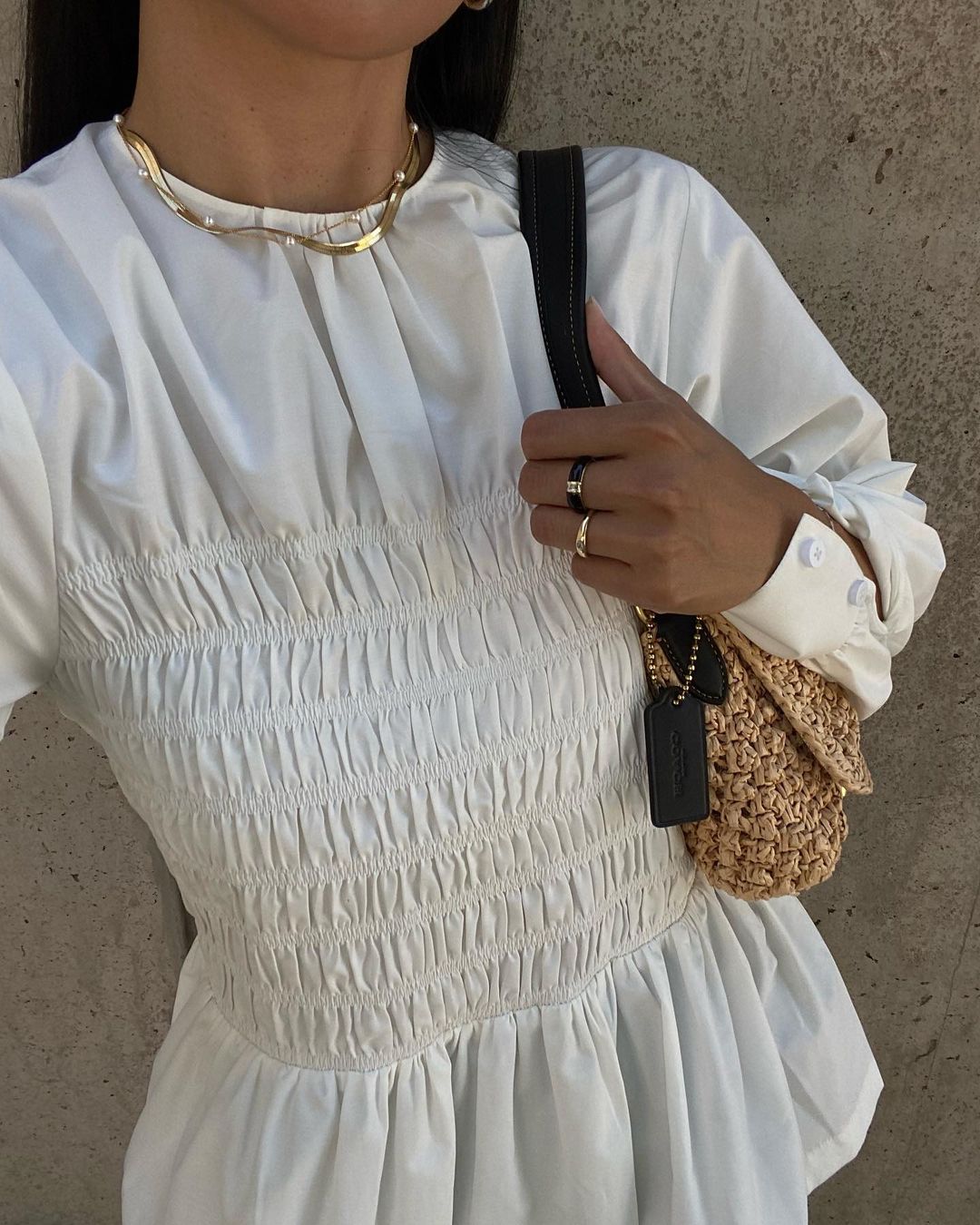
Contrary to Bruno Mars's song about pinky rings being "24-karat magic in the air," it would actually be undesirable to wear something of this purity on your little finger. It's definitely not something to flex about. That's because pure gold means that it's very soft and can bend and wear down easily. Confused? I was too.
Caratage is the measurement used when talking about how much gold is really in a piece of jewellery. Often, the lowest karat goes from 10 karats to 14 karats, 18 karats, 22 karats and 24 karats. At the bottom end, the amount of gold you're getting is under half of the total metal content. The sweet spot is generally around 18 karats, which is 75% gold. It's hard enough that you can wear it every day and not stress about it too much.
Shop my favourite piece:

One of my favourite independent jewellers that uphold the same craftsmanship that you'd expect from fine jewellery houses is Lulu Kachoo. The London-based designer mainly uses 18-karat gold with diamonds as the precious stone of choice. Her pricing starts from around £400 for a diamond-accent pendant to around £10,000 for a full-diamond tennis necklace on her website.
3. Weigh Up If the Piece Is Worth It for You

This is one of the questions we ask ourselves after we find out the price of an item, and a lot of the time, we struggle to rationalise because jewellery is a very opaque industry. If the jewellery is branded, undoubtedly an element of what you're paying for is the brand name, especially if it's an iconic design like Cartier's assortment of It pieces. The markup of jewellery is pretty much in line with fashion, which is around two to three times the cost price for a wholesale figure, then another two to three times for the recommended retail price (RRP). However, the margins can sometimes be even wider than this. It can be a hard pill to swallow because the thing with jewellery, perhaps more so than fashion items, is that a lot of its value is in the materials that it's made of.
Shop my favourite piece:
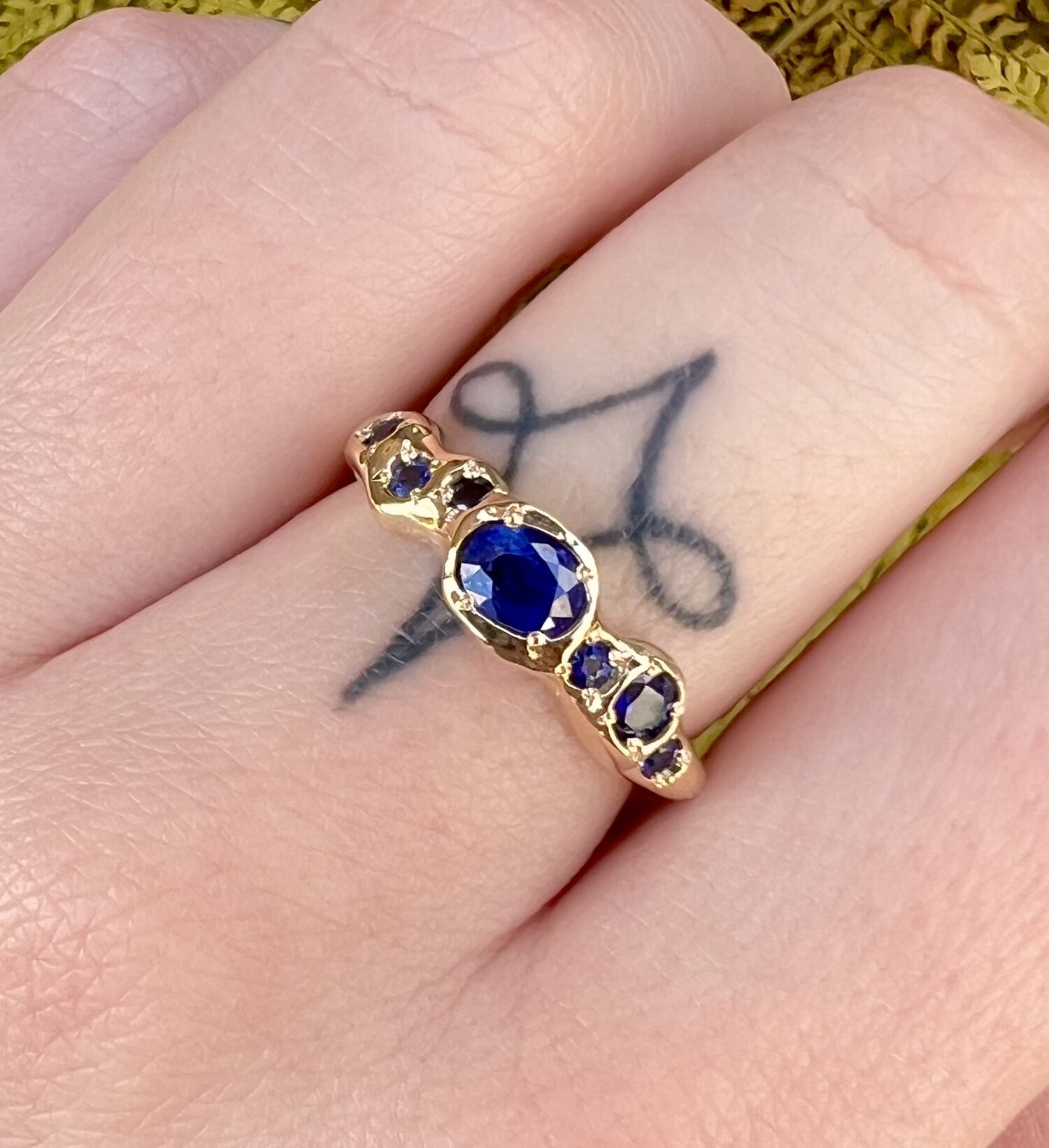
Susannah King is a name you may have seen bouncing around TikTok, as she's known for dissecting the gem industry and showing you how her colourful, voluminous creations are made. The goldsmith mainly makes bespoke rings in 14-karat or 18-karat yellow, white or rose gold—or platinum, if you're feeling fancy. However, if you're lucky to score a piece from her ring drop, the price range starts around the £1000 mark for a 9-karat gold band with multiple stones. It's quite an investment but a meaningful one since you know exactly whose hands made it and that it's a one-off piece.
4. Look at the Ethical Certifications
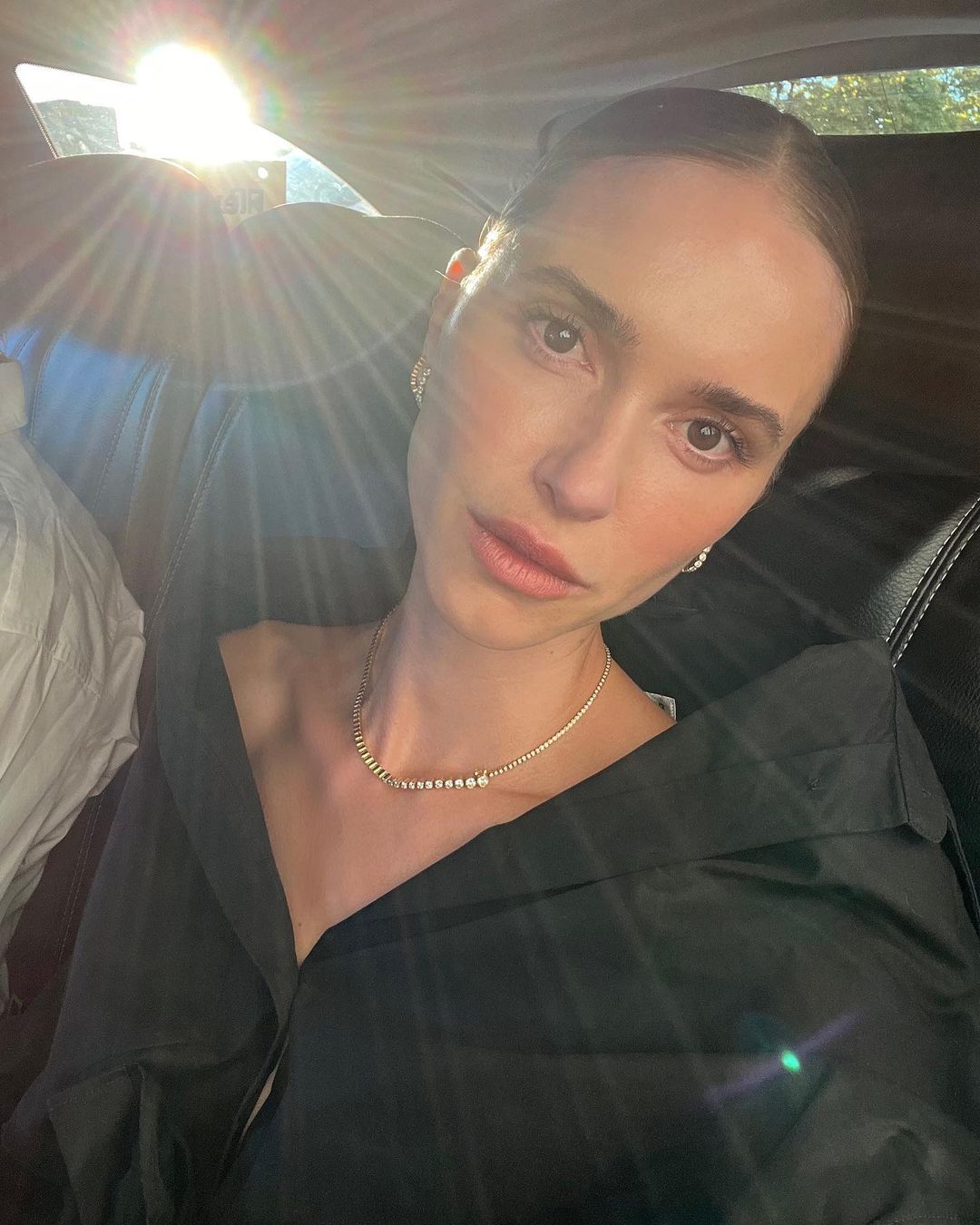
Anyone who claims that a jewellery brand is sustainable without substantiation is feeding coins to the greenwashing machine. Even with its benefits, lab-grown gems aren't truly sustainable due to the immense amount of energy it takes to mimic the Earth's core to create a one-carat diamond. But generally, most can agree that it's a less destructive alternative than digging an enormous hole in the ground. Oh, and don't fall for the recycled-metals argument. Very few pieces of jewellery come from metal that is taken directly from a mine, so it's a pretty common practice in general.
This is why it's important to familiarise yourself with certifications so you're equipped if you're looking to shop jewellery that doesn't just make you look good but also makes you feel good. Fair-mined or certified fair-trade gold is a great place to start. These are separate entities, but both focus on small mines or "artisanal mines" instead of huge operations that use a lot of chemicals like mercury and heavy machinery that's destructive to the surrounding ecosystems. This is not to say that small-scale operations aren't damaging at all. It's just on a lesser scale and often run by cooperatives or families, where individuals are paid fairly. Brands that use gold that's certified this way have to pay a premium, which is invested back into communities. It's a means to give back to the regions whose resources are being extracted.
Many jewellery companies also have the Responsible Jewellery Council accreditation, which looks at ethical, social and environmental implications across the supply chain for precious metals and gems. Even with this assurance, it's still best to look at the bracelet that you really want in the wider context of gold content, how it's made and complexity of design.
Shop my favourite piece:

For me, the name that comes to mind when thinking about the most "conscious" jewellery one can buy is Pippa Small. This anthropologist turned accessory entrepreneur has a unique business model that produces luxurious pieces in places that most need employment. Think Myanmar, Afghanistan, Colombia and Ghana. The designer focuses on lesser-known stones that are specific to those regions, like opal or moonstone, and designs the pieces in collaboration with the artisans there to honour their traditions and skill. The brand opts for the most traceable materials, for example, working with a cooperative of female gold panners in Choco, Colombia. Her statement pieces can be found at the likes of Net-a-Porter.
5. Consider What the Jewellery Is For

I touched on this earlier, but the reason you're buying that stunning piece of jewellery matters. Not every design or material is suited for constant wear, especially when it comes to rings. Its hardness (among other things) plays a significant role. The measurement of this is known as Mohs. Most magpies already know that diamond is the hardest stone at level 10, so if affordability isn't an issue, this gem suits most applications.
But there are others that are suitable for everyday use, and these include sapphire (9), ruby (9) and emerald (8). More budget-friendly stones are topaz, quartz, tiger's eye and onyx for wearability.
Common gems on the lower end would be pearl (2.5). Materials that are this delicate are better suited for accessories that are less likely to be exposed to surfaces where they may be scratched over time. Things like necklaces or earrings are better suited to softer stones. Another famous example of a high-maintenance stone is that gorgeous green you've seen on Van Cleef & Arpels Alhambra designs. It is malachite, and it's very soft.
Shop my favourite piece:
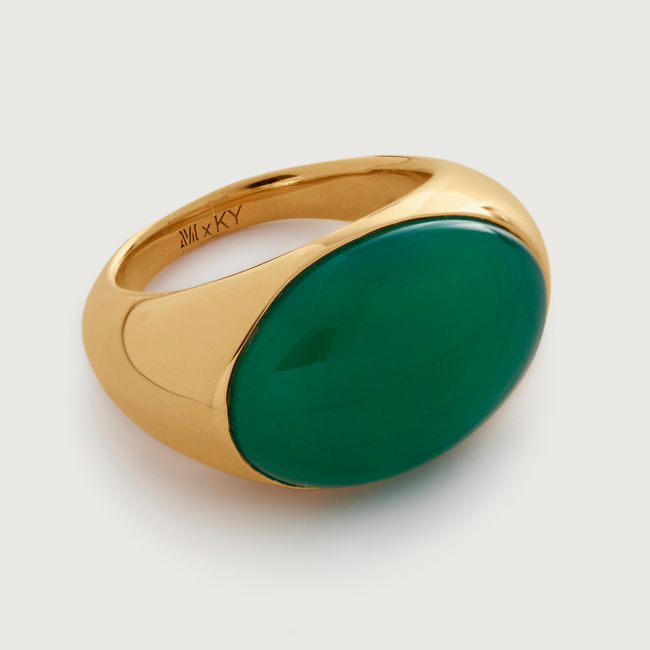
I love Monica Vinader's 18-karat vermeil ring with the statement green onyx. It's understated but large enough to be the only piece of jewellery you remember to put on that day. Anything with a slight vintage charm elevates the simplest outfit. I think that one of the most significant things the brand does is its five-year warranty and subsidised repair service for life.
Next Up: The 8 Jewellery Trends That Matter Most This Spring
